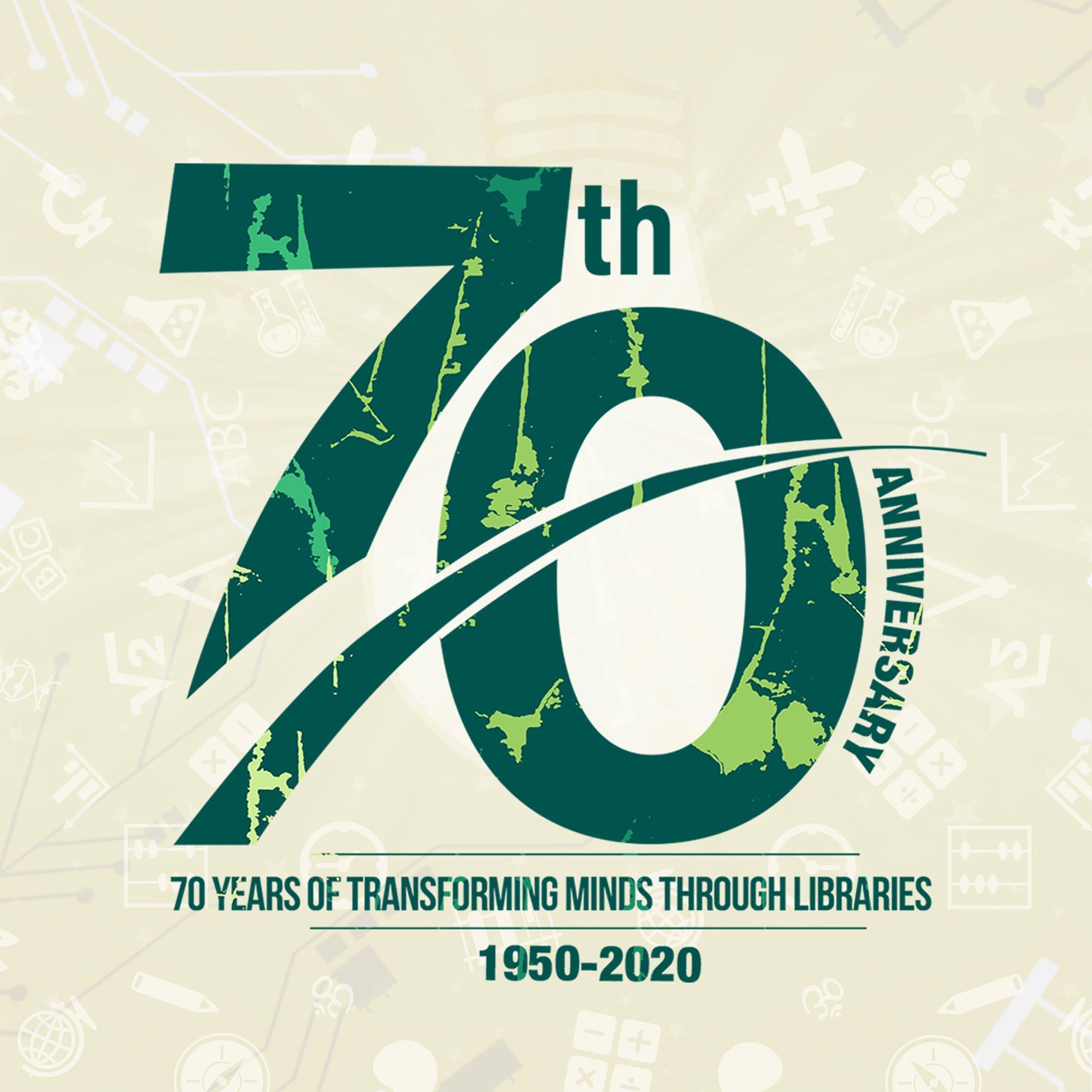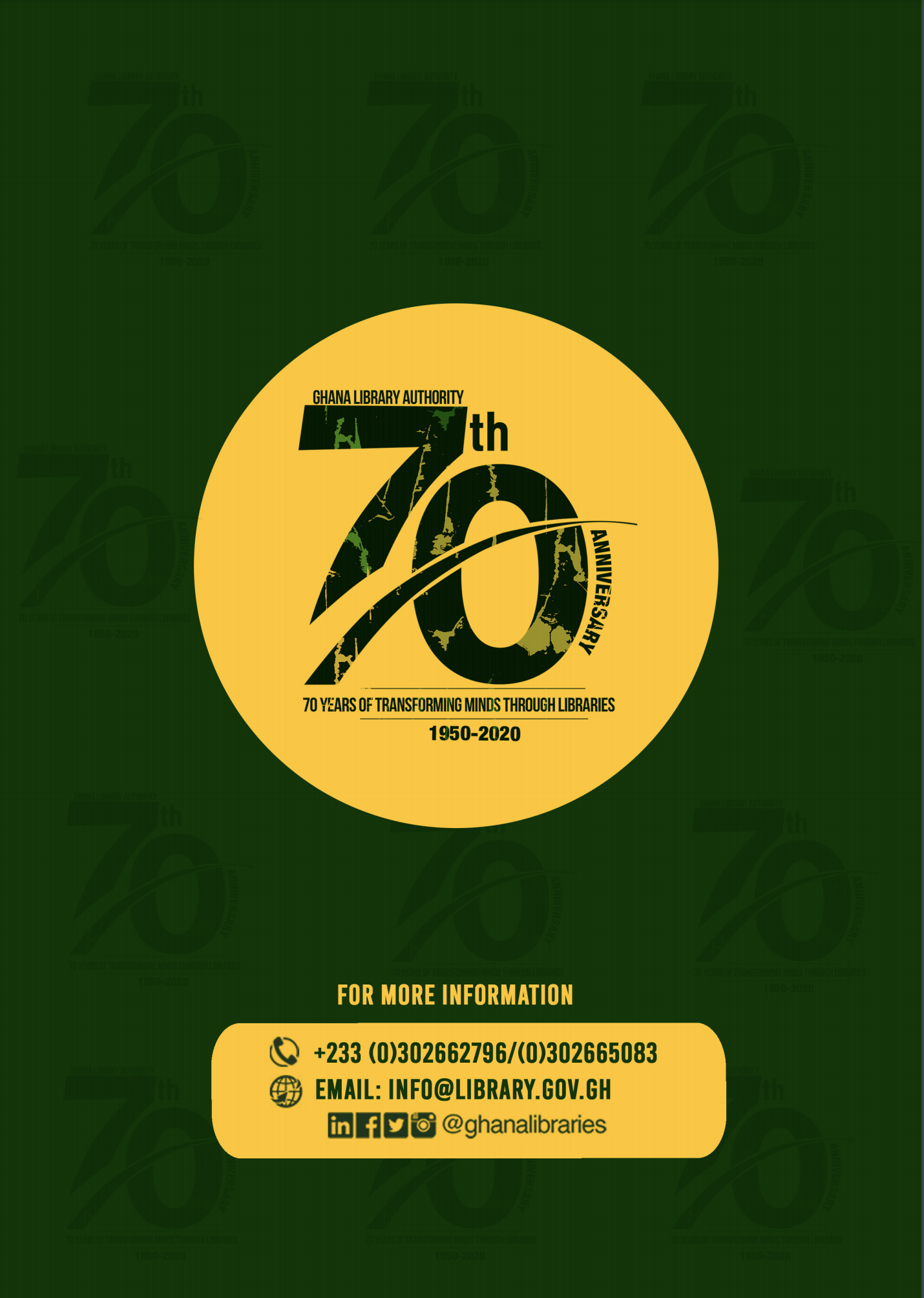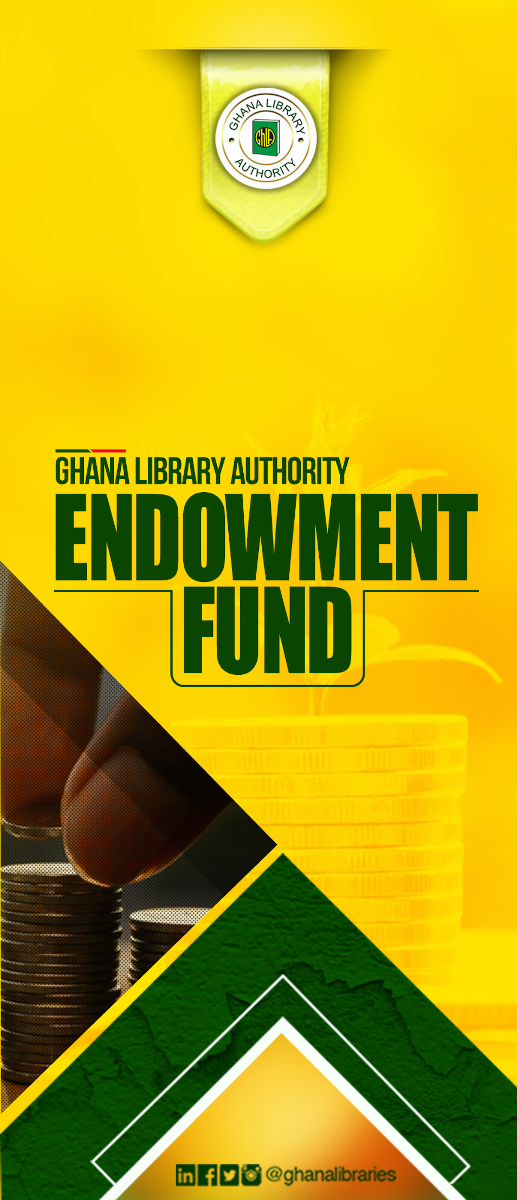International Standard Numbers Purchase
HOW TO APPLY
- Create a new user account
- Login with your Username and Password.
- Choose any of the forms you want to apply for (ISBN, ISSN, ISMN)
- Complete all details on the form.
- Upload soft copy(ies) of the book(s).
- Submit the form by clicking on the “Submit Button”.
- The form will be reviewed and processed by Admin, an e-mail will then be sent to you for payment.
- After a successful payment, the (ISBN/ISSN/ISMN) will then be sent to your mail. Note that payment made is irreversible.
INTERNATIONAL STANDARD BOOK NUMBER (ISBN)
An ISBN is essentially a unique identifier for books and is used by publishers, booksellers, libraries, internet retailers and other supply chain participants for ordering, listing, sales records and stock control purposes. The ISBN identifies the registrant, as well as the specific title, edition and format in which the publication may be produced.
It is recognized in more than 160 countries throughout the world, the International Standard Book Number is a clear identifier that is potentially machine-readable. The ISBN denotes a particular monographic publication uniquely and therefore, should be associated with it from early production stages. An essential instrument in production, distribution, sales analysis and bibliographic data storage systems in the book trade, ISBN is also of vital importance to library information management.
By obtaining an ISBN you will be able to take the necessary steps to ensure that your book is widely known and to maximise its sales potential.
If you are a publisher, author or bookseller it is in your interest to use ISBN as it is likely to help you to sell books. Books that cannot be ordered and distributed by ISBN and that are not listed in Books in Print type listings may not sell as many copies as they could. People will assume that the books do not exist, and even if they do know they exist, they may consider it as a bother due to the lengthy manual ordering processes.
The benefits of ISBN include:
- The ISBN is a unique international identifier for monographic publications; assigning a number replaces the handling of long bibliographic descriptive records, thereby saving time and staff costs and reducing copying errors.
- Correct use of the ISBN allows different product forms and editions of a book, whether printed or digital, to be clearly differentiated, ensuring that customers receive the version that they require.
- The ISBN facilitates compilation and updating of book-trade directories and bibliographic databases, such as catalogues of books-in-print. Information on available books can be found easily.
- Ordering and distribution of books is mainly executed by ISBN; this is a fast and efficient method.
- The ISBN is machine-readable in the form of a 13-digit EAN-13 bar code. This is fast and avoids mistakes.
- The ISBN is required for the running of electronic point-of-sale systems in bookshops.
- Many publishing and supply chain systems are based on ISBN.
- The accumulation of sales data is done by the ISBN. This enables the varying successes of different product forms and editions of publications to be monitored, as well as enabling comparisons between different subject areas and even different publishing houses.
- The national lending right in some countries is based on the ISBN. Such schemes enable authors and illustrators to receive payments proportionate to the number of times that their books are lent out by public libraries.
Examples of types of publications eligible for ISBN are:
- Printed books and pamphlets (and their various product forms)
- Braille publications
- Publications that are not intended by the publisher to be updated regularly or continued indefinitely
- Audiobooks (talking books) either on a physical carrier or accessible on the Internet for download or streaming
- Digital publications (e-books) either on physical carriers (such as machine-readable tapes, diskettes, or CD-ROMs) or on the Internet (for download or streaming)
- Digitised copies of printed monographic publications that are available in the supply chain
- Microform publications
- Educational or instructional software, films, videos, DVDs, transparencies either on a physical carrier or accessible on the Internet for download or streaming
- Mixed media publications where the principal constituent is text-based, e.g. book with CD or book with DVD
- Individual articles or issues of a particular continuing resource where these are made available separately (but not the continuing resource in its entirety)
- Art books and illustrated books with a title page and/or text or captions
- E-book apps provided that they have a significant textual content and can be considered a monographic publication and are available to the public. Pictures, moving image and sound may be included
- Maps and atlases
Changes to publications
- A separate ISBN shall be assigned if there have been significant changes to any part or parts of a publication in relation to former editions of the publication, or if there are significant changes in the physical or digital characteristics of the publication in the new edition.
This applies for changes to:
- The title and/or the subtitle of a publication
- Language
- Publisher name or imprint
- Author name
- Textual content other than minor corrections to misprints
- Product form (e.g., from hardback to paperback; from audiobook on a physical carrier to audiobook available to download)
- Product form detail (e.g., from .pdf to EPUB; change of book dimension)
- Product form features (e.g., from ‘normal’ text font to dyslexic text font; from EPUB version 2 to EPUB version 3)
- Usage constraints (e.g., from printing allowed to printing not allowed, from single concurrent user to multi-user)
Some examples of the types of material NOT eligible for ISBN are:
- Continuing resources treated in their entirety as bibliographic entities (individual issues may qualify for ISBNs)
- Abstract entities such as textual works and other abstract creations of intellectual or artistic content
- Printed or digital materials that are intended for marketing or promotional purposes only, such as advertising matter, widgets and the like
- Printed music
- Art prints and art folders without title page and text
- Personal documents (such as a digital curriculum vitae or personal profile)
- Greeting cards
- Music sound recordings
- Software, films, videos, DVDs or transparencies that are intended for any purpose other than educational or instructional
- Digital bulletin boards
- Emails and other digital correspondence
- Games
- Customized or personalized books not intended for general availability
- License key vouchers to access digital monographic publications on the Internet
- Activity books/ Consumable material
Requirements for Applying for an ISBN(S)
- The manuscript of the book(s)
- Fee charged is GH¢30.00 per number.
- Fee charged per block of 10 ISBNs is GH¢200.00
INTERNATIONAL STANDARD MUSIC NUMBER (ISMN)
The International Standard Music Number (ISMN) is a unique number for the identification of all notated music publications from all over the world, whether available for sale, hire or gratis- whether a part, a score, or an element in a multi-media kit.
The ISMN is designed to rationalize the processing and handling of notated music and the respective bibliographical data for publishing houses, the music trade and libraries
Everyone who comes in contact with notated music publications needs an ISMN. Its usefulness is recognized internationally by composers, music publishers, music traders, libraries and rights organizations.
The International Standard Music Number is an efficient tool wherever notated music publications are produced, disseminated, sold and lent. Therefore, music publishers, music traders and librarians profit most from the rationalization effects of the introduction of the ISMN in the respective field.
The assignment of an ISMN to a publication of notated music shall not imply any meaning or value as legal evidence with regard to the ownership of rights to that publication.
Items to be IDENTIFIED with an ISMN include:
- Scores
- Miniature (study) scores
- Vocal scores
- Sets of parts
- Individual parts, available separately
- Pop folios
- Anthologies
- Other media that are an integral component of a publication of notated music (e.g., a tape recording that is one of the «parts» of a composition)
- Song texts or lyrics published with the notated music
- Commentaries published with the notated music (also available separately)
- Song books (optional)
- Micro-form music publications
- Braille music publications
- Electronic publications of musical notation
A separate ISMN must be assigned to every different edition of an item.
A new ISMN is required when:
- There is a change in the musical or literary content of a work, unless these are minor corrections.
- A literary text that is an integral part of a published musical work is altered.
- A translation of a literary text is added, removed or altered. A new ISMN must be assigned, even if text and/or music are otherwise unchanged.
- When the physical size of item is substantially changed in order to produce a new full study or miniature score edition
- A separate ISMN should be assigned to a facsimile reprint produced by a different registrant.
- A microform edition should always be assigned a separate ISMN
- A separate ISMN must be assigned to each different binding in which a particular title is published, even if the contents are identical. For instance, a hardback edition and a paperback edition should each receive a separate ISMN.
The following are NOT assigned an ISMNs:
- Books on music
- Stand-alone sound or video recordings (including recordings available on computer media).
- Periodicals and series as a whole, as distinct from individual volumes in series.
- The physical size of an item is substantially changed in order to produce a new full study or miniature score edition
- An unchanged impression or unchanged reprint of the same item in the same format and by the same registrant must not be assigned a new ISMN
- A reproduction, supplied on demand from the same origination should not be assigned a new ISMN, even if a new reproduction date is indicated on the reproduction.
Requirements for Applying for an ISMN(S)
- Manuscript
- Ghc 150.00
INTERNATIONAL STANDARD SERIAL NUMBER (ISSN)
The International Standard Serial Number (ISSN) is an internationally accepted code which identifies the title of serial publications. The ISSN is an eight-digit number which identifies periodical publications such as magazines, journals, newspapers, including electronic serials. Each ISSN is a unique identifier for a specific serial or other resource in a defined medium.
ISSN is applicable to serials and other continuing resources, whether past, present or to be produced in the foreseeable future, whatever the medium of production
If the title of the publication changes in any significant way, a new ISSN must be assigned in order to correspond to this new form of title and avoid any confusion.
A serial publication whose title is modified several times in the course of its existence will be assigned each time a new ISSN, thus allowing precise identification of each form of the title. It is considered that they are different publications even if there is a logical link between them.
Examples of types of publications eligible for ISSN are:
An ISSN (International Standard Serial Number) identifies all continuing resources, irrespective of their medium (print or electronic):
- Journals
- Magazines
- Periodicals
- Newsletter
- Annual Reports
- Newspapers
- Monographic series
- Electronic journals
- Ongoing integrating resources such as loose-leaf publications and websites that are continually updated.
Requirements for applying for an ISSN
- The Manuscripts or a prototype of the first edition of the publication.
- National Media Commission(NMC) Certificate (For Magazines and Newspapers)
- The fee is only GH¢150.00 (Hundred Ghana Cedis).
- All the above documents must be uploaded
Please Note: Magazines and Newspaper publications must first be registered with the National Media Commission before applying for ISSN.
INTRODUCTION OF CIP (CATALOGUING IN PUBLICATION) AT THE GEORGE PADMORE RESEARCH LIBRARY
Cataloguing-in-Publication data (CIP data), also termed as pre-publication catalogue record, is the basic catalogue record created by experts in advance of publication of a book and the same is then printed therein on the copyright page or the verso of title page just above the ISBN.
Benefits of CIP data
To the Author/ Publishers:
- Libraries prefer to order titles which have the CIP data printed on them
- This will increase the sale of the publication
- Publishers can easily identify the particular topics covered by each book and create the sales catalogues accordingly
To the Book Trade:
- Booksellers can easily identify the particular topics covered by each book and offer the same to their relevant customers.
To the Libraries:
- Libraries do not have to spend much time in creating a final catalogue record
- Libraries save a lot in terms of staff costs
- Book is available to its readers much faster
- National libraries use the catalogue record to compile their National Bibliography
To the Users/ readers:
- Users/ readers can look through the CIP data to know the subject area/topic to decide if the same fits into their fields of research/study
REQUIREMENTS FOR APPLYING FOR CATALOGUING-IN-PUBLICATION (CIP)
- Submit a manuscript
- State the Subject matter of the book e.g. Christian literature, Politics, Inspiration, Motivation, Evangelism, Fiction, etc.
- Fee is Ghc 20.00 per title.
 GhLA
GhLA



